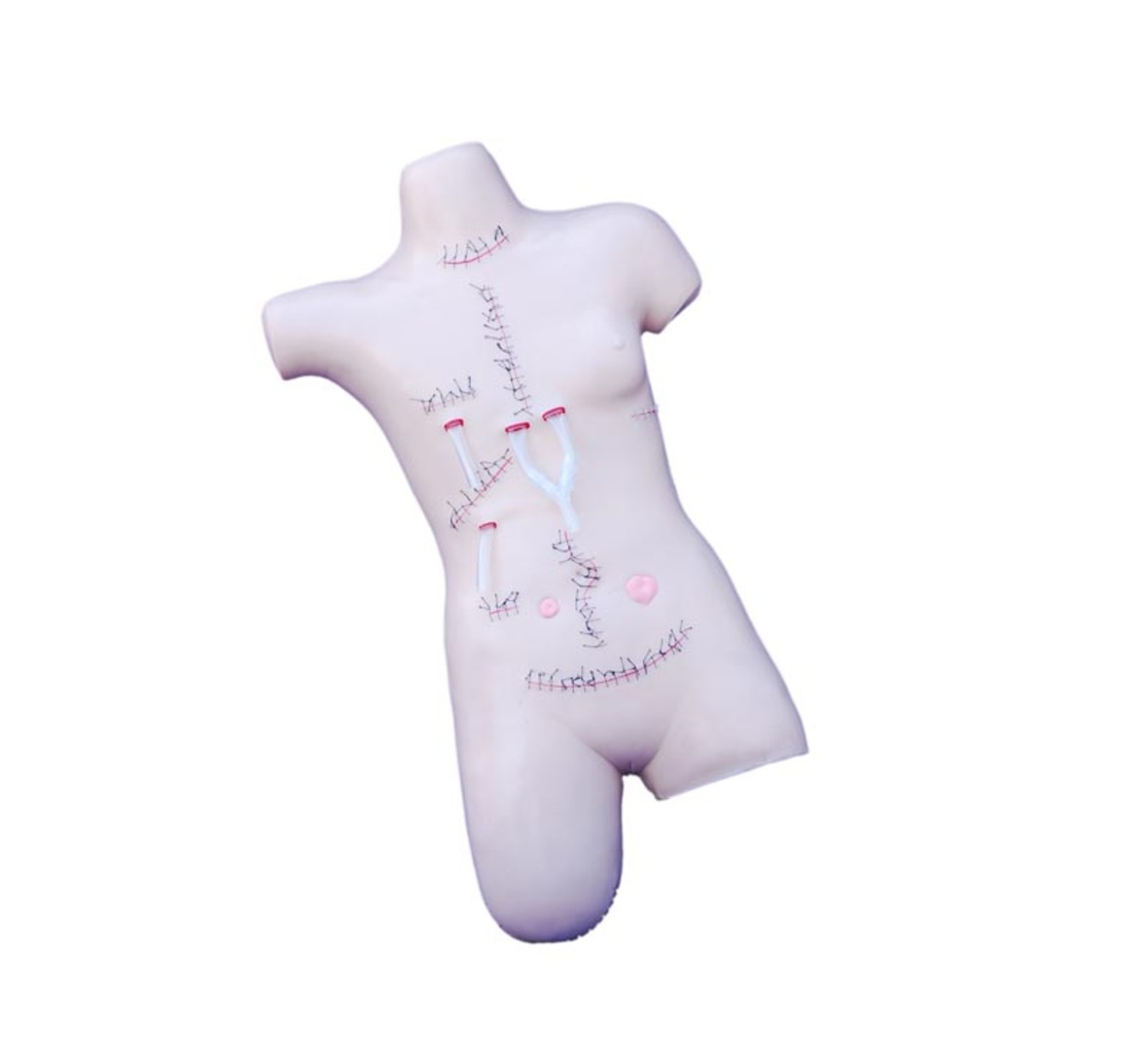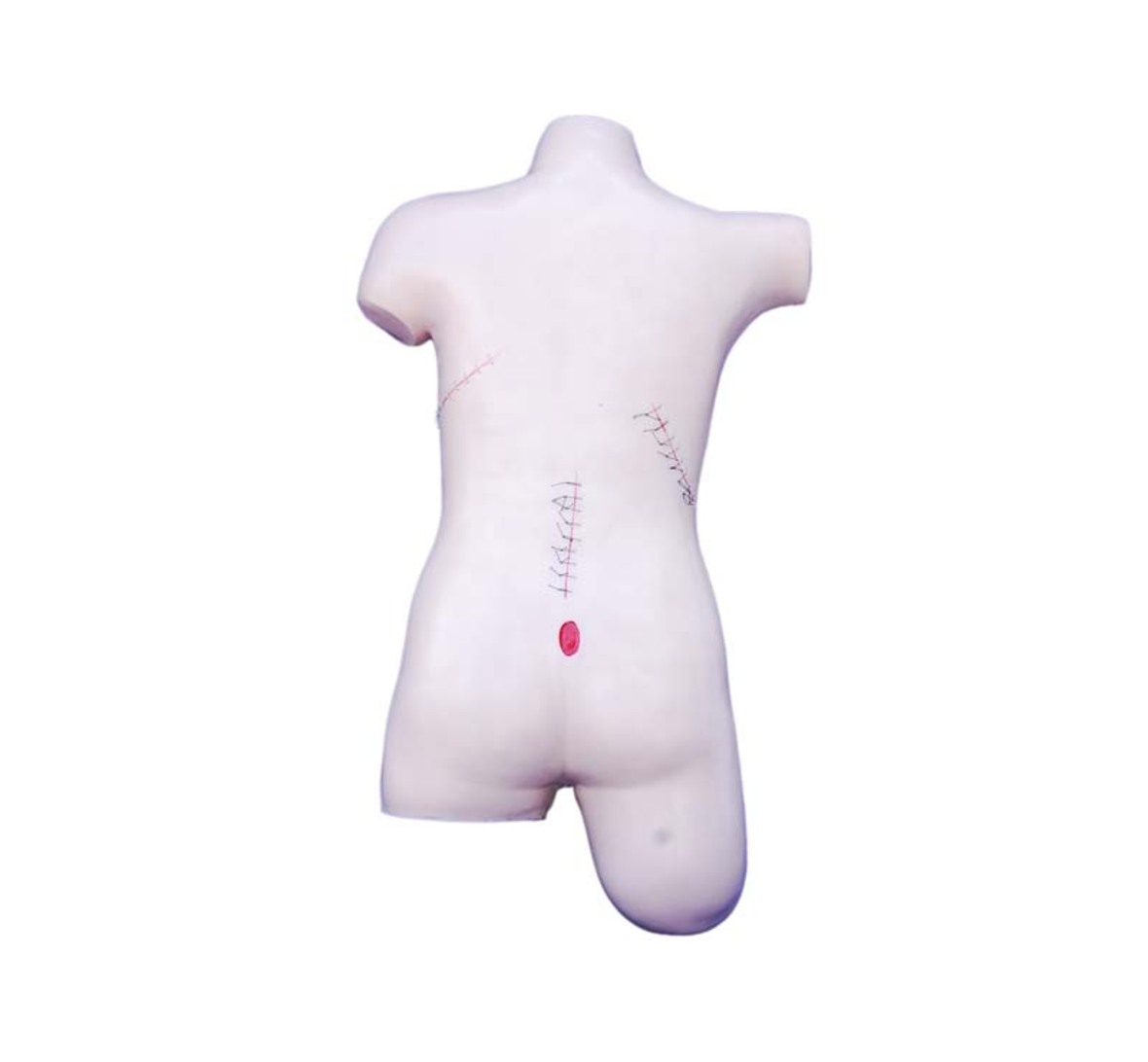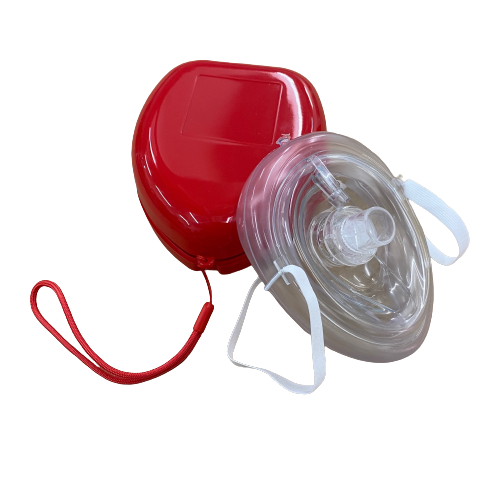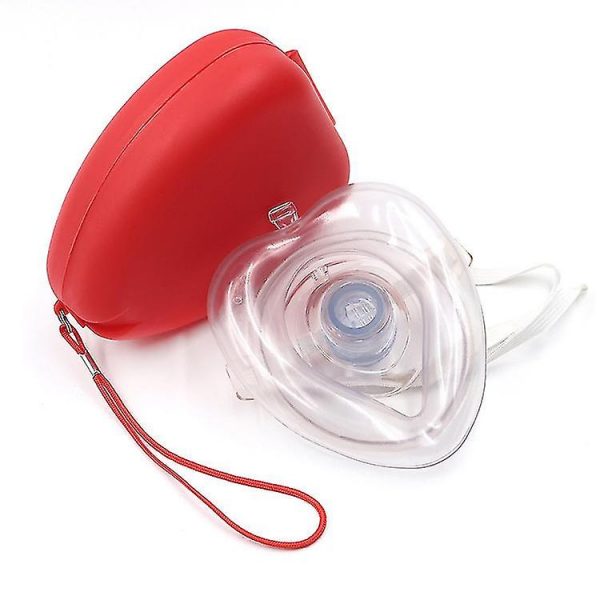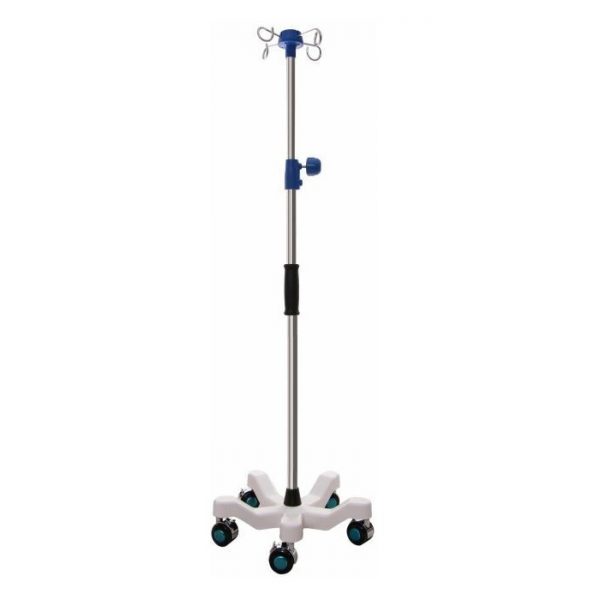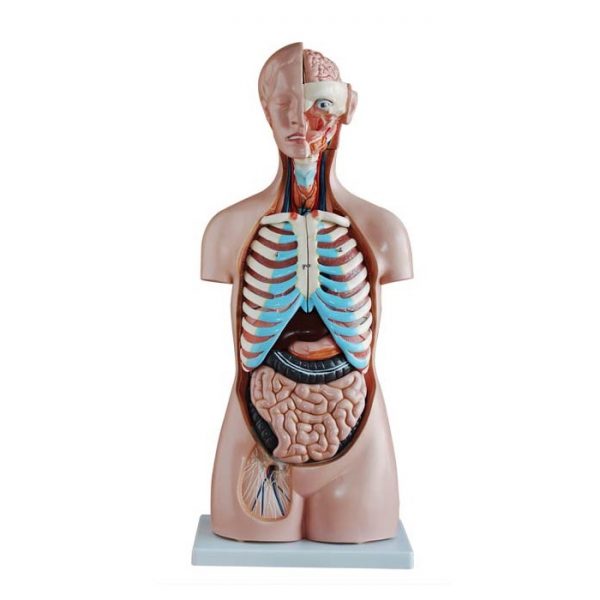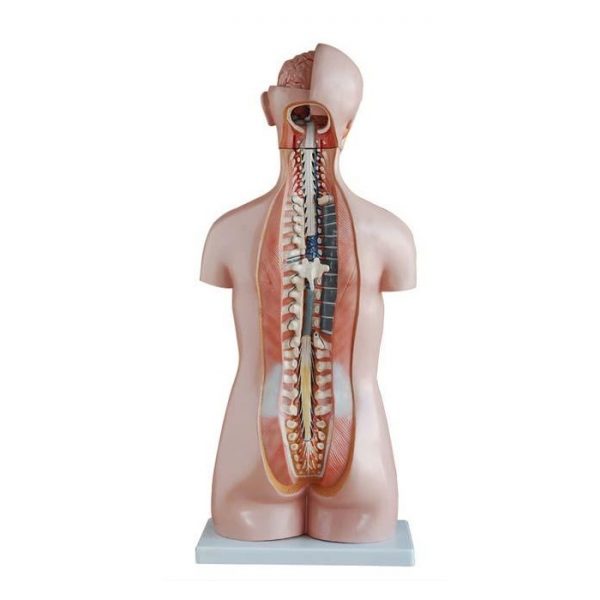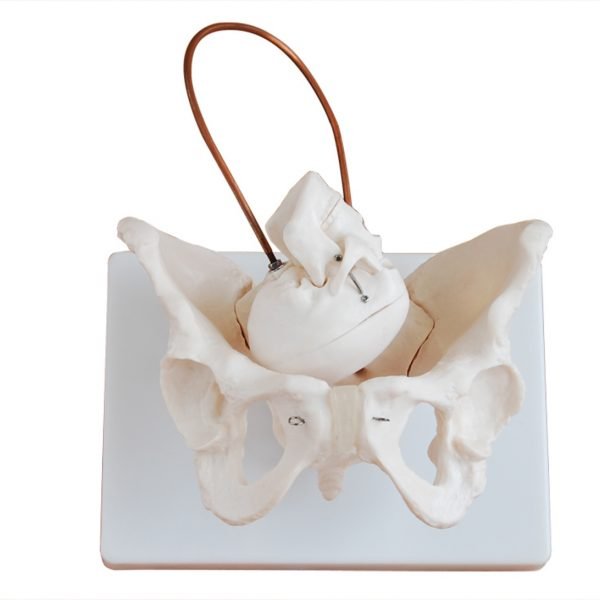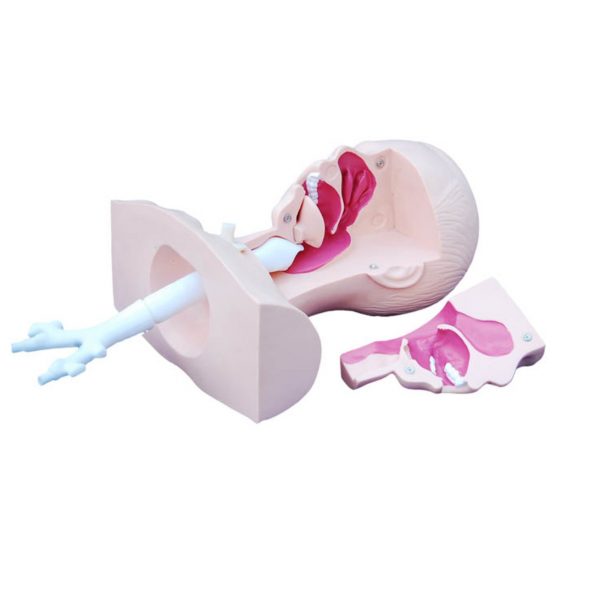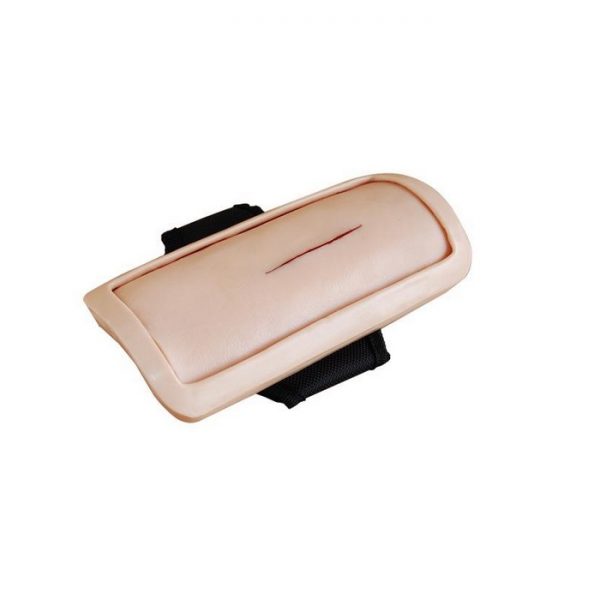Surgical Suture and Bandaging Model
Surgical Suture and Bandaging Model
The simulator provides commonly used surgical incisions, which simulate al l kinds of female thoracic and abdominal incisions, tube drains and amputation stump. Students can practice wounds treatments of washing, disinfecting, changing dressing, bandaging and etc.
Specifications
Size: 79x48x26.5cm
Material: PVC
Surgical Suture and Bandaging Model features the following simulated wounds:
1. Thyroidectomy
2. Mid-sternal split – with two chest tube drains
3. Right mastectomy – wi th simulated drain
4. Right cholecystectomyn – with simulated T-tube
5. Laparotomy
6. Appendectomy
7. Left colostomy
8. Right ileostomy
9. Abdominal Hysterectomy (transverse incision)
10. Left nephrectomy (thoracoabdominal incision)
11. Right nephrectomy (oblique incision)
12. Laminectomy
13. Sacral decubitus ulcer – stage 2
14. Right thigh amputation stump
What is an Intersection?
An incision is a wound to the skin made during surgery. It is also called “surgical wound”.
The size, location and number of incisions depends on the type of surgery.
What is a bandage and how often should it be changed?
The dressing is a sterile bandage that protects the incisions from bacteria and keeps it clean and dry.
The patches should be changed daily or as directed by your doctor.
How do the incisions close?
The incisions are closed using sutures, staples, tissue glue or a special type of adhesive tape called Steri-Strips.
A sterile gauze covers the incision (or incisions).


 Botzees
Botzees Keyestudio
Keyestudio Fischertechnik
Fischertechnik